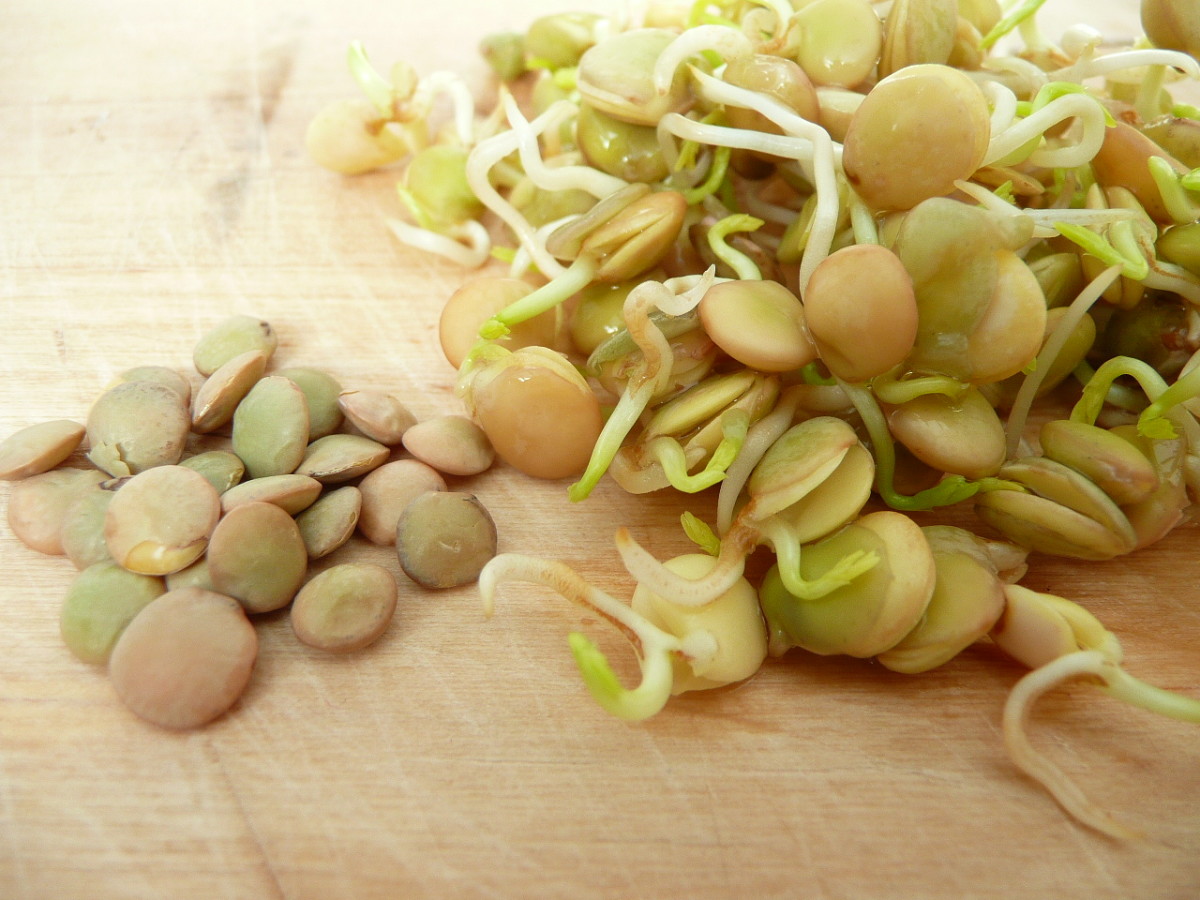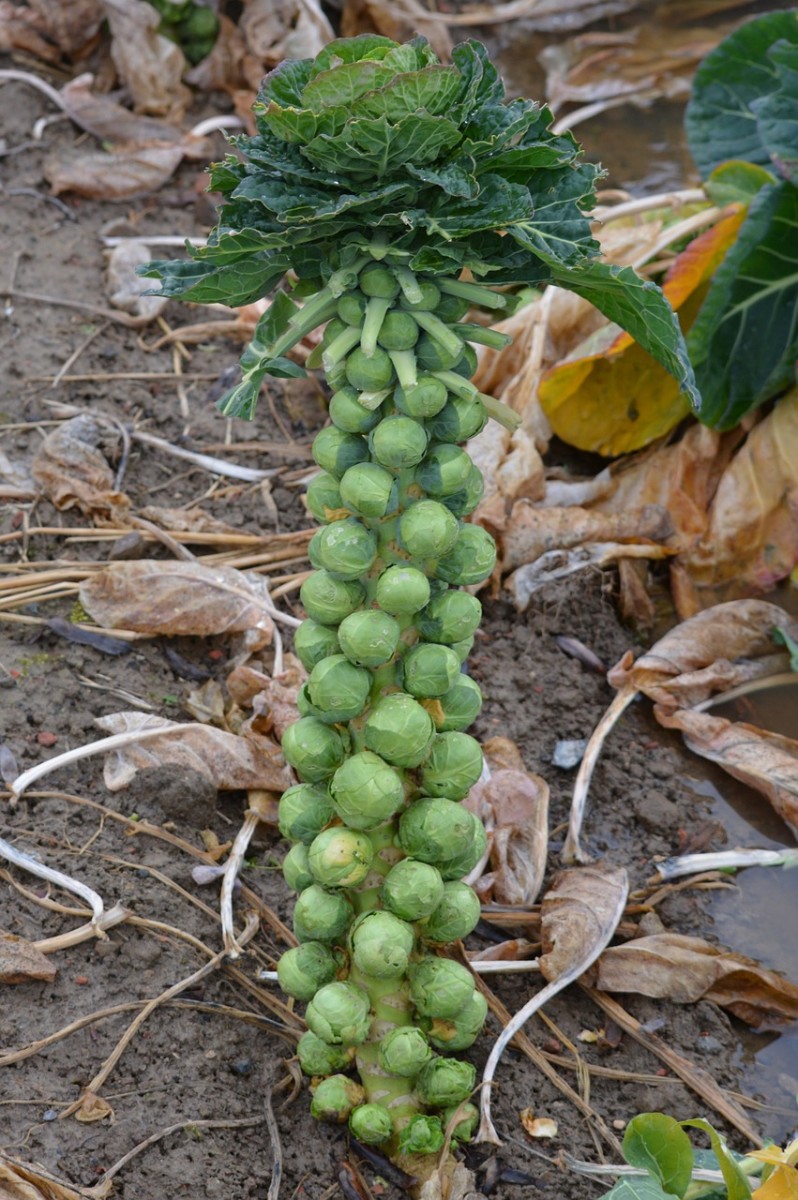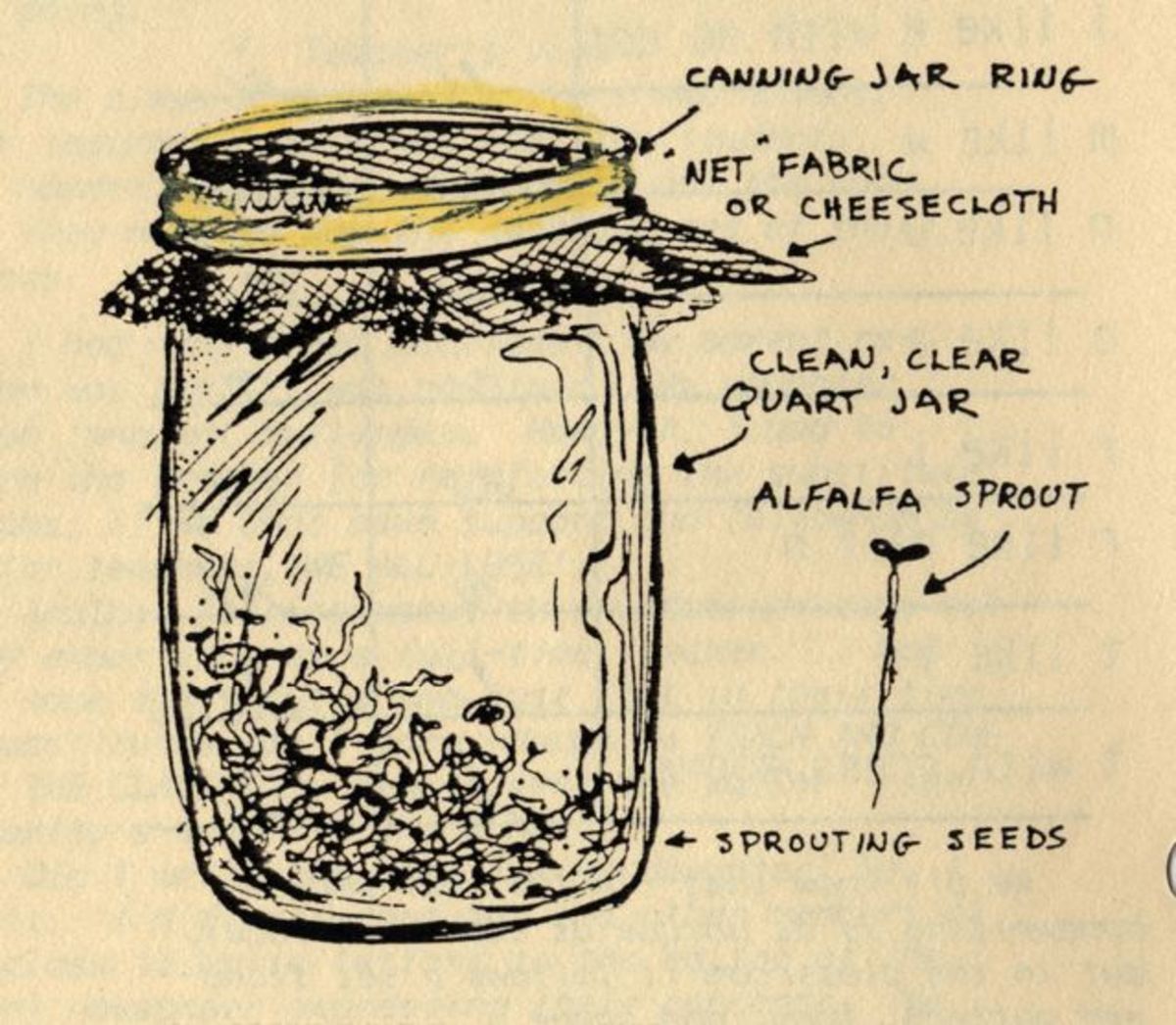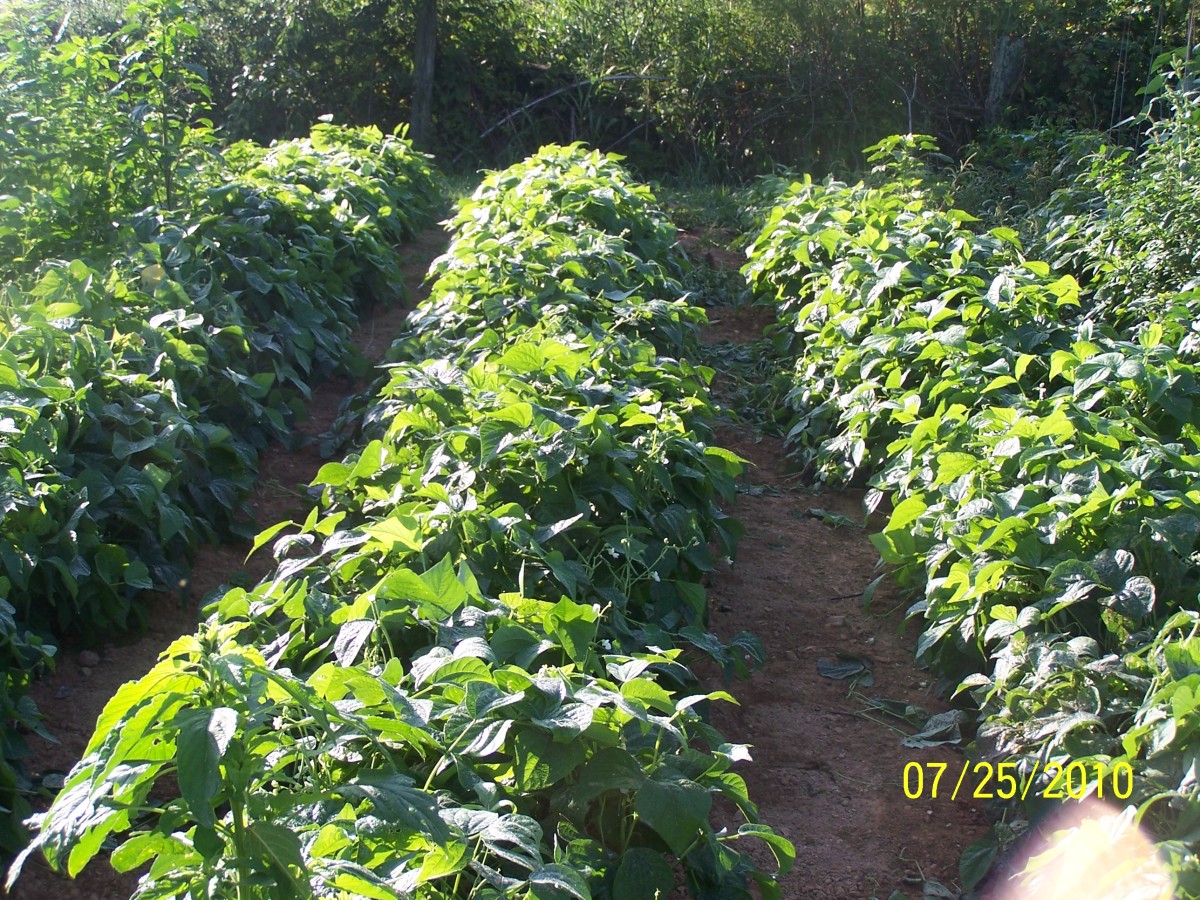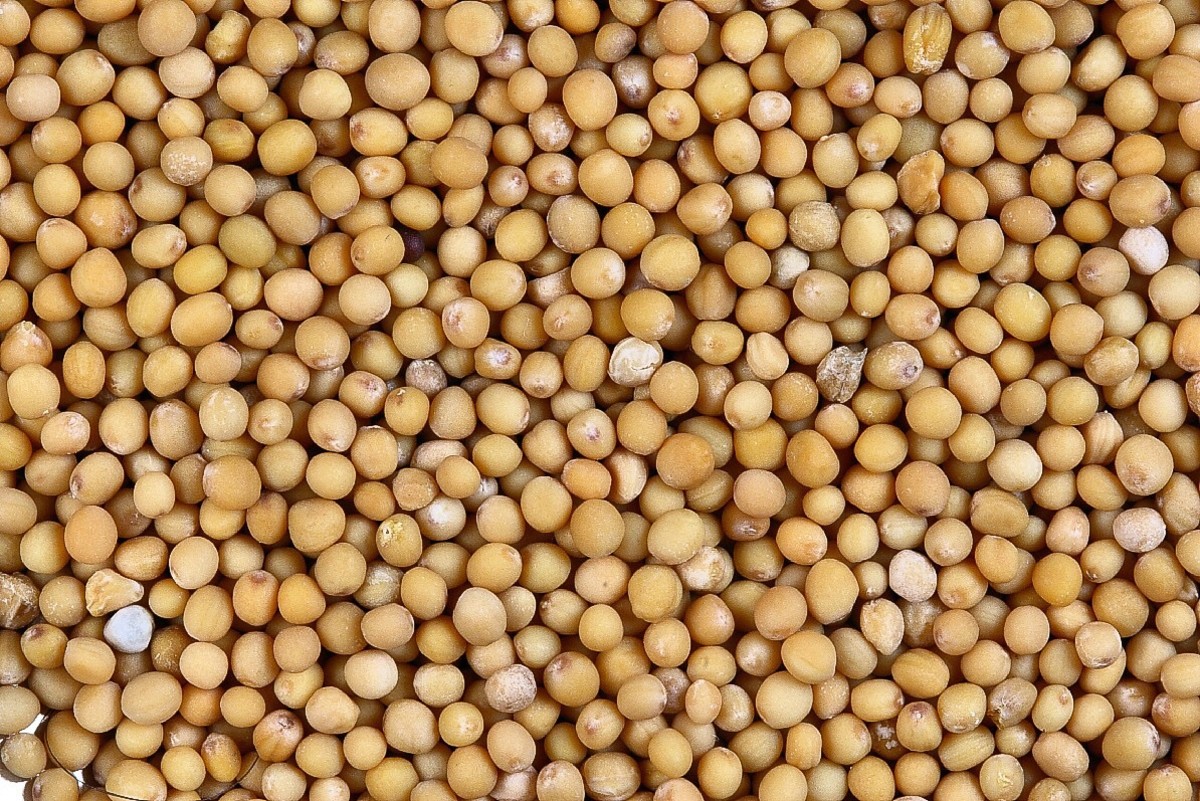Sprout Growing at Home
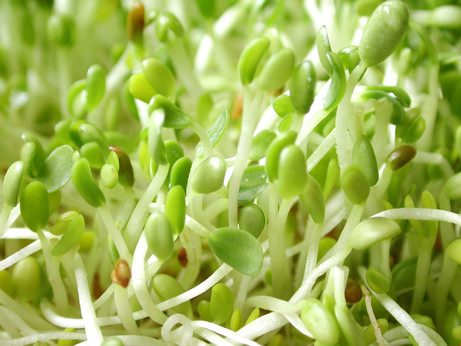
Sprouting at home can be fun and easy to do if you have the right instructions and the right tools.
Sprouts are gorgeous little energy-filled plants and a great addition to any diet. In order to be successful at sprouting, here are some foolproof instructions that will have you sprouting in no time and all you need is a jar.
Sprouting means that the seed has germinated and results in a partially grown young plant. If you follow a raw food diet you will know that sprouting (nuts, seeds, beans, or grains) is a way to make them more edible and more easily digestible.
When seeds are soaked in water for a length of time, the plant’s enzyme inhibitors are removed. The enzyme inhibitor will prevent the plant from germinating unless the right conditions are met.
Once the seed is put in water, the enzyme inhibitors are washed away and germination can begin. Because of this process, the plant begins to grow at a rapid pace.
Also, the vitamin content increases to the point where it can be hundreds if not thousands of times more nutrient-dense than it did as a little seed.
As well the protein, carbohydrates, and fats are broken down making the sprouted seed easier to digest and for the nutrients to be assimilated.
One other important note is that the enzyme content also increases and making sprouts one of the most enzyme-rich foods available.
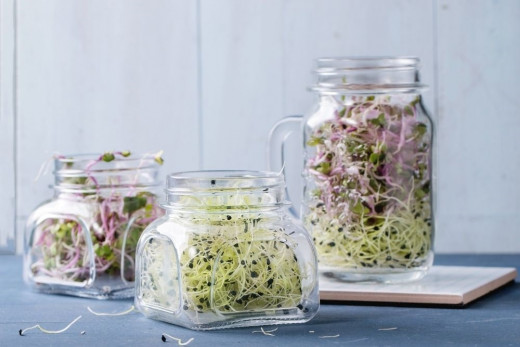
The good news about sprouting is that you don’t need a lot of expensive equipment although there are automatic sprouting kits that you can buy if you are so inclined.
First, you will need seeds or beans for sprouting, a container such as a Mason jar, a strainer to drain the water through, such as a sieve, and cheesecloth or netting to tie around the top of the jar.
Sprouting can be easy. The seeds and beans that are more easily sprouted include mung, lentil, fenugreek, chickpea (also called garbanzo), and quinoa.
Sprouting has become very important for people who eat a mostly raw food diet. They have lots of vitamins and minerals as well as protein and can be easily added to smoothies.
A Guide to Soaking and Sprouting with Registered Dietitian
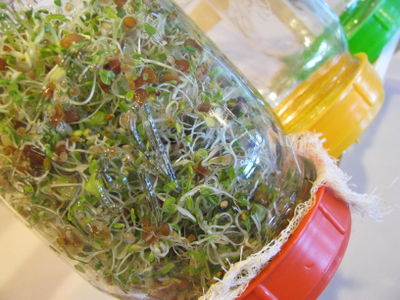
How to Sprout Using the Jar Method
Make sure your jar is clean and oil-free, and pour in a handful or two of your chosen dry seed (beans, nuts, or grains).
Pour in some clean water until the seeds are covered by at least four times the amount of the seed inch.
If you are sprouting beans that are fairly large, such as chickpeas (garbanzos) or aduki beans, make sure the water covers them by an extra 2 inches so that they have more water to soak up.
This will be necessary as they have a much larger surface area than the small seeds.
Cover your jar with a mesh lid of some kind. As mentioned earlier, this can be as basic as a piece of cheesecloth or netting.
All that matters here is that nothing can get into the jar, except air which is a must.
Leave the jar overnight so that the seeds have time to soak up the water. This is the beginning of the sprouting process. Leave the seeds for a minimum of 4 hours but leaving them for at least 8 hours certainly won't hurt and in fact, is generally better for the larger beans.
At the end of the soaking period, drain off the water. When all the water has drained off, rinse the contents of your jar thoroughly making sure that the water is running completely clean.
Drain once more. Make sure that all the water has been drained otherwise your sprouts will rot before they grow.
A good way to make sure that all residual water has gone is to stand your jar upside down for a while, or rest it at an angle on a sprouting stand or in a standard kitchen draining rack.
When fully drained, leave your jar to stand, either way up, on a kitchen counter or somewhere where the jar will be undisturbed.
It doesn't matter too much whether the jar is in a light or dark place at this stage, although direct sunlight is best avoided.
Continue the rinsing and draining each day until your sprouts are ready to eat.
That’s it. Very easy and you will have a crop of sprouts to enjoy in your salad and sandwiches.
Sprouting Books

Sprouters

How Long Does it Take?
Seeds
- Fenugreek: Soak 8-14 hours, sprout 18 hrs or more.
- Mustard: Soak 6-14 hours, sprout 1.0+ days.
- Pumpkin: Soak 8-14 hours; sprout (if you must) 1.0 day.
- Radish: Soak 8-14 hours, sprout 1.0+ days.
- Sesame: Soak 8-14 hours, sprout 1-1.5 days. Must use unhulled sesame seeds for sprouting; hulled seeds can be soaked to improve flavor and digestibility.
- Sunflower: Soak 8-14 hours, sprout 18 hours. Use hulled sunflower; unhulled are for sunflower greens only. Need to skim off seed skins at end of soak period, when rinsing. If you leave them in, they will spoil and your sprouts will spoil quickly.
Legumes
- Alfalfa, Clover: Soak 4-6 hours, sprout 6-8 days.
- Garbanzos, standard: Soak 12-18 hours, sprout 1.5+ days.
- Kala channa: Soak 8-14 hours, sprout 1.5 days.
- Green channa: Soak 8-14 hours, sprout 1.0 day.
- Lentils, brown/green and red. Soak 8-14 hours, sprout 1.0 day.
- Mung beans: Soak 8-14 hours, sprout 18 hrs - 1 day.
- Adzuki beans: Soak 8-14 hours, sprout 1.0 day.
- Peas, Blackeye: Soak 12-14 hours, sprout 1 day.
- Peas, (Field): Soak 12-14 hours, sprout 1.5 days.
Grains:
- Amaranth: Soak 2-4 hours, sprout 1-1.5 days.
- Barley: Soak 8-14 hours, sprout 1.25-1.5 days.
- Buckwheat: Soak 15-20 minutes only; sprout 1-1.5 days.
- Millet: Soak 8-14 hours, sprout 1-1.5 days.
- Oats: Soak 8-14 hours, sprout 1.25-1.5 days.
- Quinoa: Soak 2-4 hours, sprout 12 hours.
- Rice: Soak 12-18 hours, sprout 1.0+ days. Only brown, unprocessed rice will sprout. White rice, wild rice are dead and won't sprout. Standard long grain rice doesn't sprout. Short, medium grain brown rice, also brown basmati (but not Texmati) rice will sprout.
- Rye: Soak 8-14 hours, sprout 1-1.5 days. Triticale is a cross between rye and wheat; used to be available from Arrowhead Mills, but haven't seen it in market for some years.
- Wheat, including Kamut and Spelt: Soak 8-14 hours, sprout 1-1.5 days.
Sprouting Chick Peas
Wheatgrass Juicers

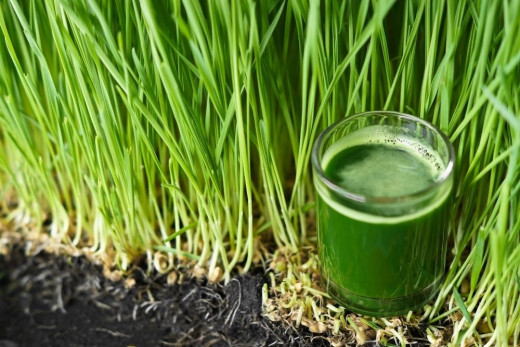
Growing Wheatgrass
Although not considered a sprout as wheatgrass grows in soil, however, to start the wheatgrass the seeds need to be spouted.
Make sure you buy good organic soil in which to grow the wheatgrass.
First, you will do the usual sprouting method of soaking the seeds and letting them sprout.
Once the seeds have sprouted place them on a layer of soil in a tray. Add a little water to moisten the soil and the seeds and then cover the tray with a lid so that no light can get into the tray.
Put the tray in a warm dark place for three days. Place the tray outside in a sunny spot in the garden when the shoots are about an inch or if you want to keep the tray indoors put the tray in a sunny window.
Your wheatgrass will grow to about 8-10 inches in 7 to 10 days if the conditions are good and should look nice and green with white near the root.
Wheatgrass is meant to be juiced and has tremendous health benefits.
Wheatgrass has many vitamins and minerals and is an excellent source of calcium, iron, magnesium, phosphorus, potassium, sodium, sulfur, cobalt, and zinc.
It is one of the easiest ways to get heaps of nutrients into your body.
How To Grow Wheatgrass - A Complete Guide
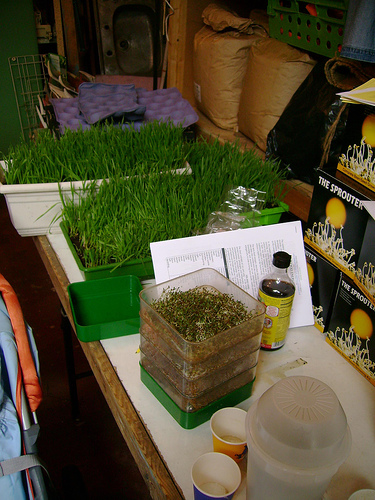
Useful Sprouting Links
- Sprout Growers, Information, Tony Hornick, Health Benefits, Health News, Recipe\'s
The day a baby is born is the healthiest day of its life. Each seed or bean is a natural multi-vitamin pill. Its given ALL nutrients to sustain life and grow like Humans and Animal. - Commercial Sprout Equipment and Supplies for Growing Sprouts including Alfalfa Sprouts and Bean Spro
"One Stop Shop" for commercial sprout growers of mung bean sprouts, soy bean sprouts, alfalfa sprouts, broccoli sprouts, wheatgrass and other seed sprouts. - Sproutman, Books & Sprouts
Sproutman : - Books Sprouters Appliances Free Information Wheatgrass Products Organic Seeds Raw Foods sprouting, sprouts, sproutman, fasting, juicing, detoxification, wheatgrass, digestion, food combining, live foods, vegetarian recipes, hydroponics. - Sprouting
Tim's sprout farm - Living and Raw Foods: Sprouting: a brief overview
Sprouting: A brief overview. This is just one of the many articles available at the living and raw foods web site. We are the largest community on the internet dedicated to educating the world about the living and raw food vegetarian/vegan diet. - Organic Sprouting Seeds from Mumm\'s
Sprouting information and organically grown seeds for sprouting, for home and commercial sprouters. - The Coolest Sprouting Seeds on our Planet!
Grow your own sprouts. 80 varieties of organic sprouting seeds and sprout supplies. Sprouts,sprouts,sprouts! The wildest sprouts on this planet. Eat more sprouts!

